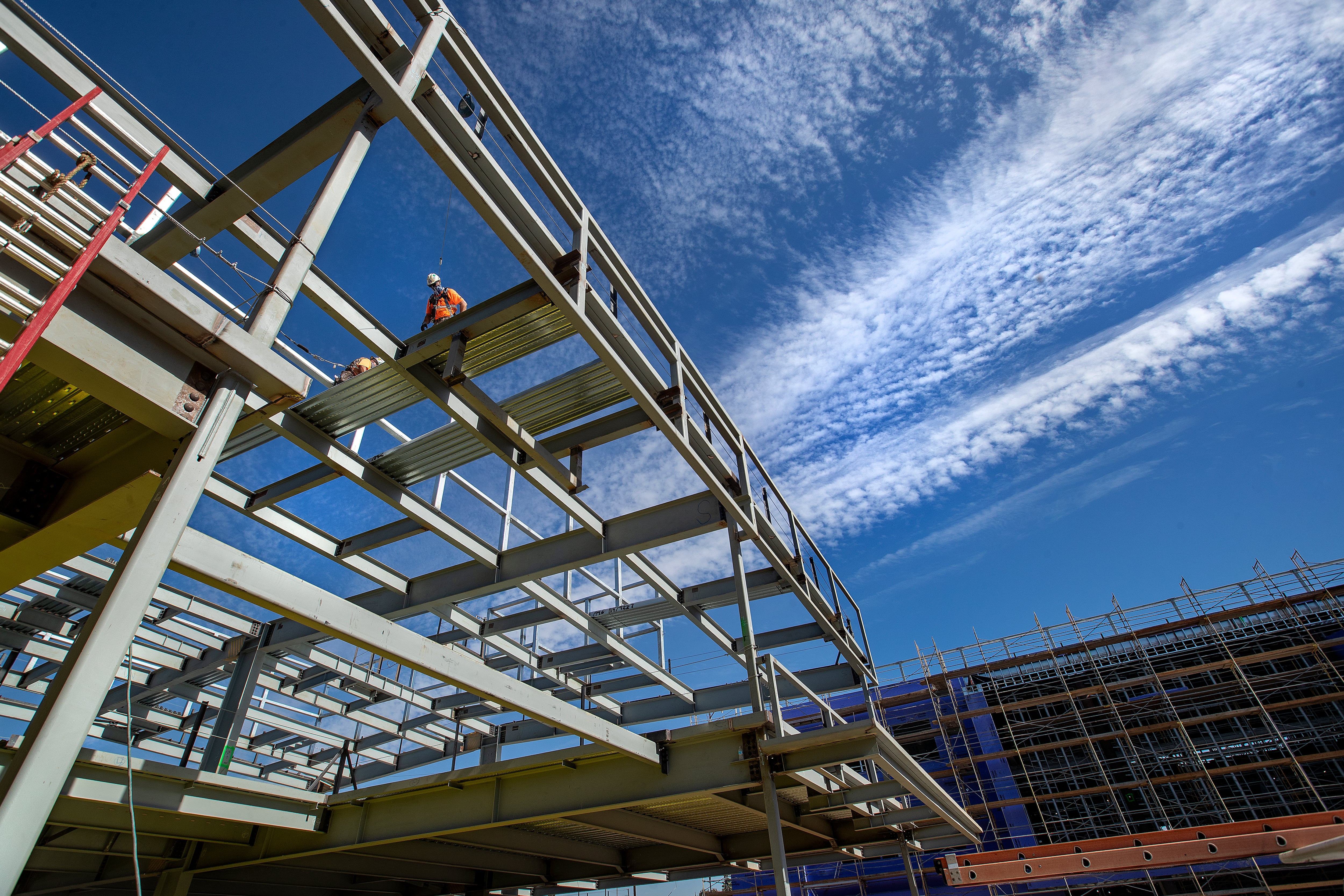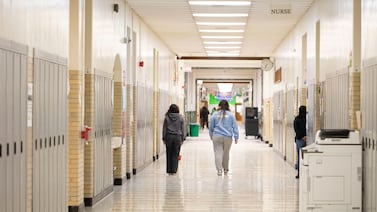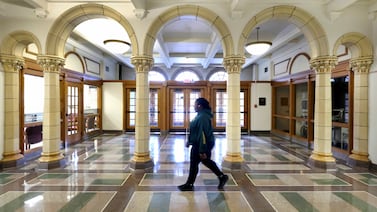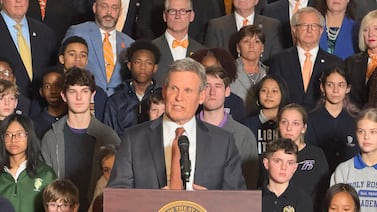The vast majority of local school district tax measures passed on Tuesday, good news at a time when many Colorado districts are facing an uncertain funding future.
Of 28 local school tax measures, 26, or 93%, passed, while measures in the small Rocky Ford and Gilpin County districts failed. Voters in a wide range of districts — plus the City of Aspen — approved taxes for schools, including in Denver and Cherry Creek, and small rural districts such as Huerfano in southern Colorado and Julesburg along the Nebraska border.
The measures in Denver and Cherry Creek will go toward staff raises and building maintenance projects. Cherry Creek and District 11 in Colorado Springs also passed measures to remove a cap on how much revenue the district can collect from existing taxes. The district’s “de-Bruce” move refers to Douglas Bruce, author of the Taxpayer’s Bill of Rights, which in addition to requiring voter approval for tax increases, limits increases in government budgets unless voters give them permission to grow. Only two school districts in the state have not yet passed such a measure.
Tracie Rainey, who leads the Colorado School Finance Project, said the approval rate for local measures was higher than usual this year, but the number of asks was lower than usual for a presidential election cycle. In 2016, there were 59 school tax measures on the ballot, and about 60% passed.
Rainey said the passage of so many ballot issues this year is encouraging given that many district leaders “were unsure about how their communities were feeling” in light of economic hardship brought on by the coronavirus pandemic.
That was true in the Pueblo 70 district, where voters approved a $75 million bond for infrastructure projects in all its 22 buildings.
“It’s awesome,” said Superintendent Ed Smith. “We had no idea when we thought about putting this bond out there … during a pandemic, when we’ve had schools closed and people angry and frustrated and scared. We didn’t know how that would work.”
The key this time around — one year after district voters rejected a smaller bond issue — was a restructuring of district debt that allowed district officials to seek the money without asking for a tax increase.
Projects to improve indoor air quality are first up when work starts next year, Smith said. Many were already on the list before COVID-19 hit, but the district added more such upgrades and sped up the timeline as the pandemic put new focus on the importance of good ventilation to reduce viral spread.
In Strasburg, a 1,080-student district in Adams County, voters also turned down a local tax measure last year. Superintendent Monica Johnson said she was encouraged that voters approved the measure this year, despite the pandemic and some economic uncertainty.
“It’s an optimistic look at how people are feeling,” Johnson said. “They aren’t feeling like they can’t spend money. That spoke a lot to where people think they are. I was really glad to see that.”
She said she was worried about how rising COVID cases are moving many counties to a higher level of state restrictions, and peoples’ emotional struggles.
“Even with that looming over us, people still stay hopeful,” Johnson said.
In Strasburg, the district also talked to voters after last year’s tax measure loss. It readjusted the ask this time to focus only on what the community said was important such as adding seven classrooms to the elementary school to relieve overcrowding, changing traffic patterns to make it safer for kids to walk to school, and improving the schools’ ventilation and safety systems. The district left out a new auditorium this time around.
In the 2,450-student Weld RE-8 district, based in Fort Lupton, voters also approved a tax measure after rejecting a larger one one last year. District leaders will use its new $1.4 million mill levy override to purchase new technology and offer competitive salaries to teachers, bus drivers, and other staff — many who commute in, driving past districts where they would be paid more.
“I’m ecstatic about it,” Superintendent Alan Kaylor said about voters’ support of the tax measure.
He said he spent Tuesday night refreshing the vote results on his computer, thinking, “Please let this be accurate.”
He got his wish. On Wednesday morning, he ordered 350 internet hotspots for students who don’t have broadband access. While the district has held in-person classes most of the fall, Kaylor said outbreaks at two schools and possibly at two others this week prompted a pivot to remote learning until Nov. 30. He estimates that 30% of students don’t have internet access at home.
Voters in Rocky Ford, home of Colorado’s famous cantaloupes, rejected a $7.5 million bond issue that would have supplied matching funds required for a state grant for school construction and repairs.
“There was quite a bit of opposition,” Superintendent Kermit Snyder said.
Beyond just a no-new-taxes mindset in the community, he said the measure likely stumbled because of the disproportionate property tax burden that agricultural landowners shoulder compared with residential property owners. Before the election, he worked with one local farm family to calculate their tax liability if the bond proposal’s passed and came up with a $10,000-a-year property tax increase.
It was an extreme case, Snyder said, but reflects a major tax rate imbalance that makes school ballot measures a hard sell. He’s hopeful Tuesday’s repeal of the Gallagher Amendment might pave the way for a more fairly distributed tax burden, and perhaps better luck getting tax measures passed.
Snyder said the district sought the bond and state grant to replace or repair its aging school buildings, which have become so costly to maintain he worries they will eat into the district’s instruction budget. When one school’s six-decade-old boiler failed a couple years ago, new parts had to be custom made, one by one, forcing the school to close for four days.
“In all likelihood, we’ll be back here again next year going for another bond,” he said.






